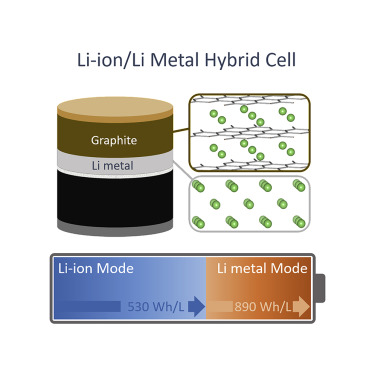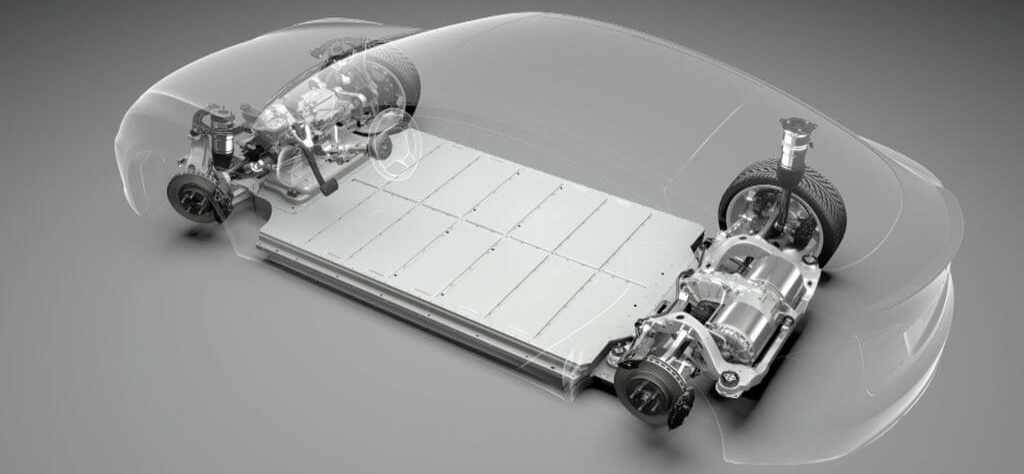The Tesla development team, led by Jeff Dahn, has published an exciting preview of their latest work with hybrid battery technology. It will significantly increase the energy density of batteries, all while maintaining a high level of safety.
The idea is to take advantage of the enormous potential of lithium-metal batteries, such as their higher energy density and greater heat tolerance. A combination that would seem ideal if not for the serious problem of degradation of this type of chemical. It is Dahm’s team that has independently verified how lithium-metal cells lost 20% of capacity after only 15 cycles.
To try to take advantage of the potential of this technology, the research team has proposed a hybrid lithium-lithium-metal cell that is achieved by superimposing the lithium metal on the graphite. Something that allows us to have a reversible lithium coating on the graphite with a second salt electrolyte. Also, since batteries often do not cycle at 100% capacity, these hybrid cells can operate in a “lithium” mode with little degradation for most of their useful life with periodic cycles of lithium-metal for that purpose—way to extend the autonomy offered by the pack.
This translated assumes the battery would have a range extender instead of a combustion engine. A part of the battery that would only come into operation at certain times and when we cannot find a charging point for our vehicle.
On a day-to-day basis, we would use the primary battery, while on trips and in contingencies, we will be able to use the full capacity. Something that results in the usage cycles of the lithium-metal battery would occur every hundred cycles of the lithium part. This will reduce the impact on the lithium part significantly.
A combination indicated by the development team will increase the energy density of the battery by 20%, also resulting in a safer pack with higher tolerance to heat. Something that could have other repercussions, such as the possibility of reducing the complexity of the pack’s cooling system.

Of course, these works are still in an initial phase of development. This is indicated by data such as the degradation of the hybrid cell. During the first tests it achieved 150 complete cycles (100% utilization) before dropping its capacity below the 80%. An inferior figure compared to the numbers of conventional lithium batteries, but we remember that we speak of occasional use, one cycle every x hundreds of cycles of lithium.
An aspect that, despite everything, needs to evolve slightly since a vehicle that uses that extra capacity only twice a week, 60 cycles a year, means that in 2.5 years the lithium-metal battery will have dropped from 80% of capacity.
But it does not seem too far from achieving a performance that will be able to add a kind of range extender to the batteries of electric cars. However, instead of a gasoline engine, it will use batteries. An aspect that, despite everything, will have the problem of recharging and the speed of it, which does not suffer the combustion extender.

